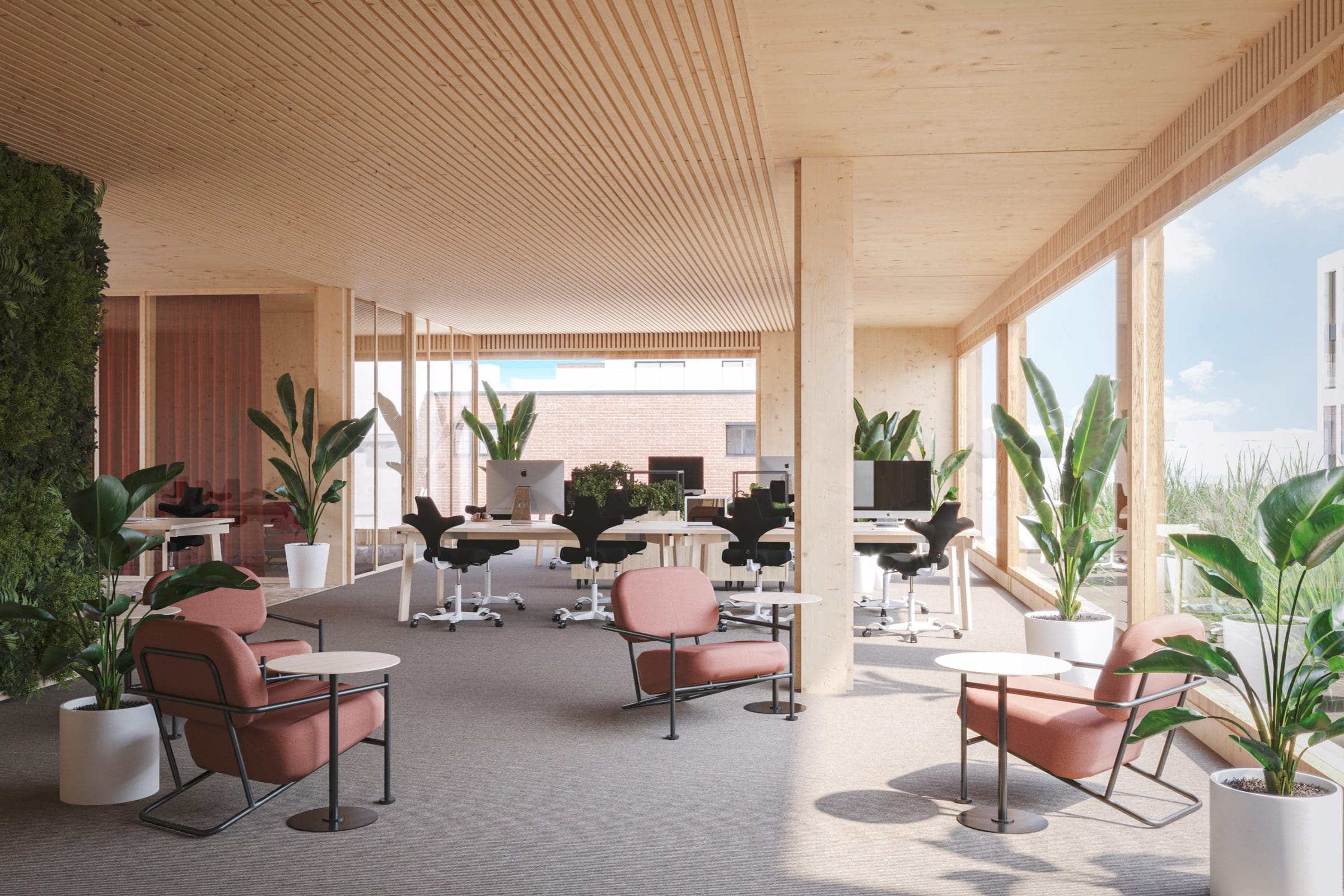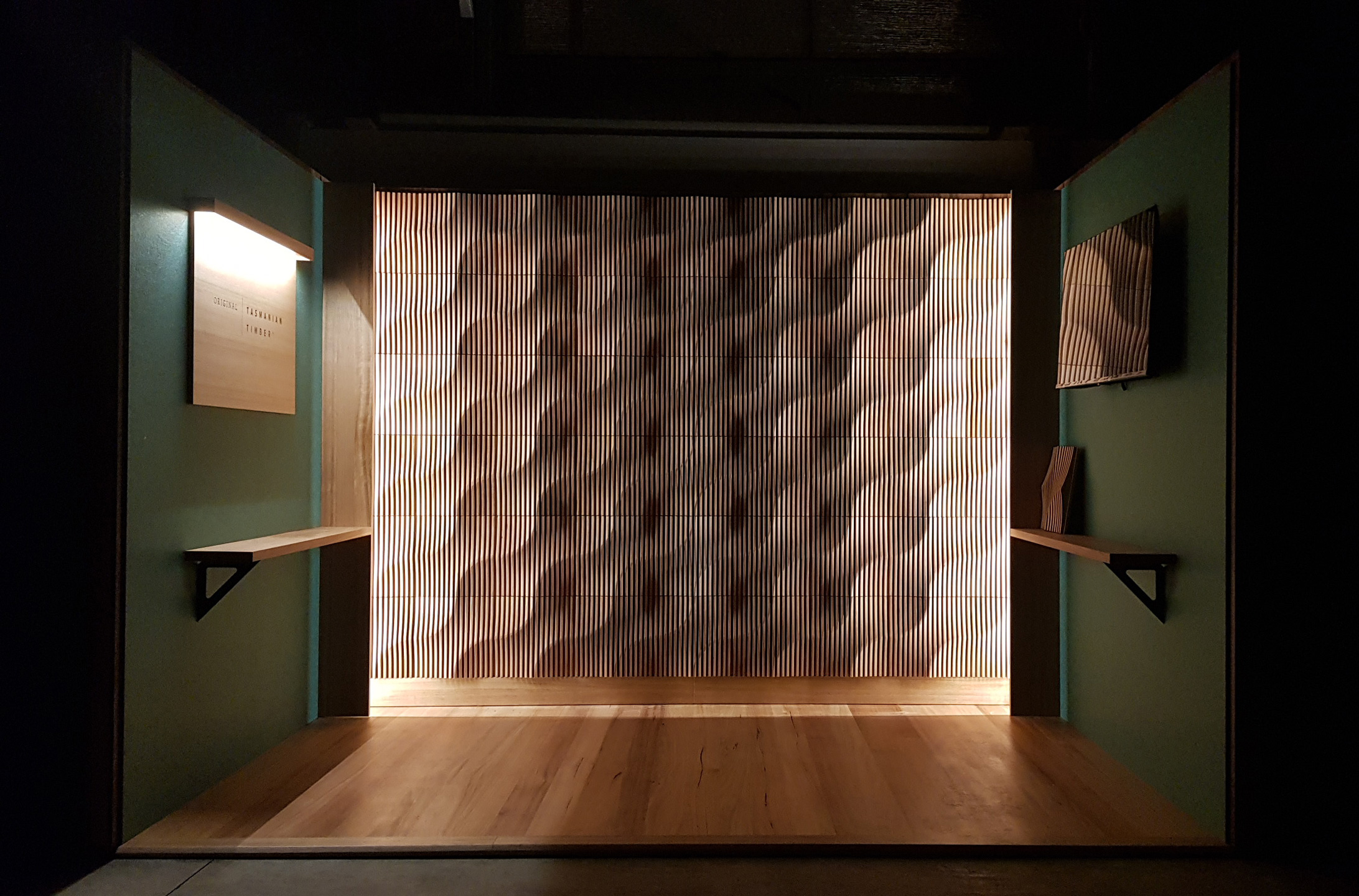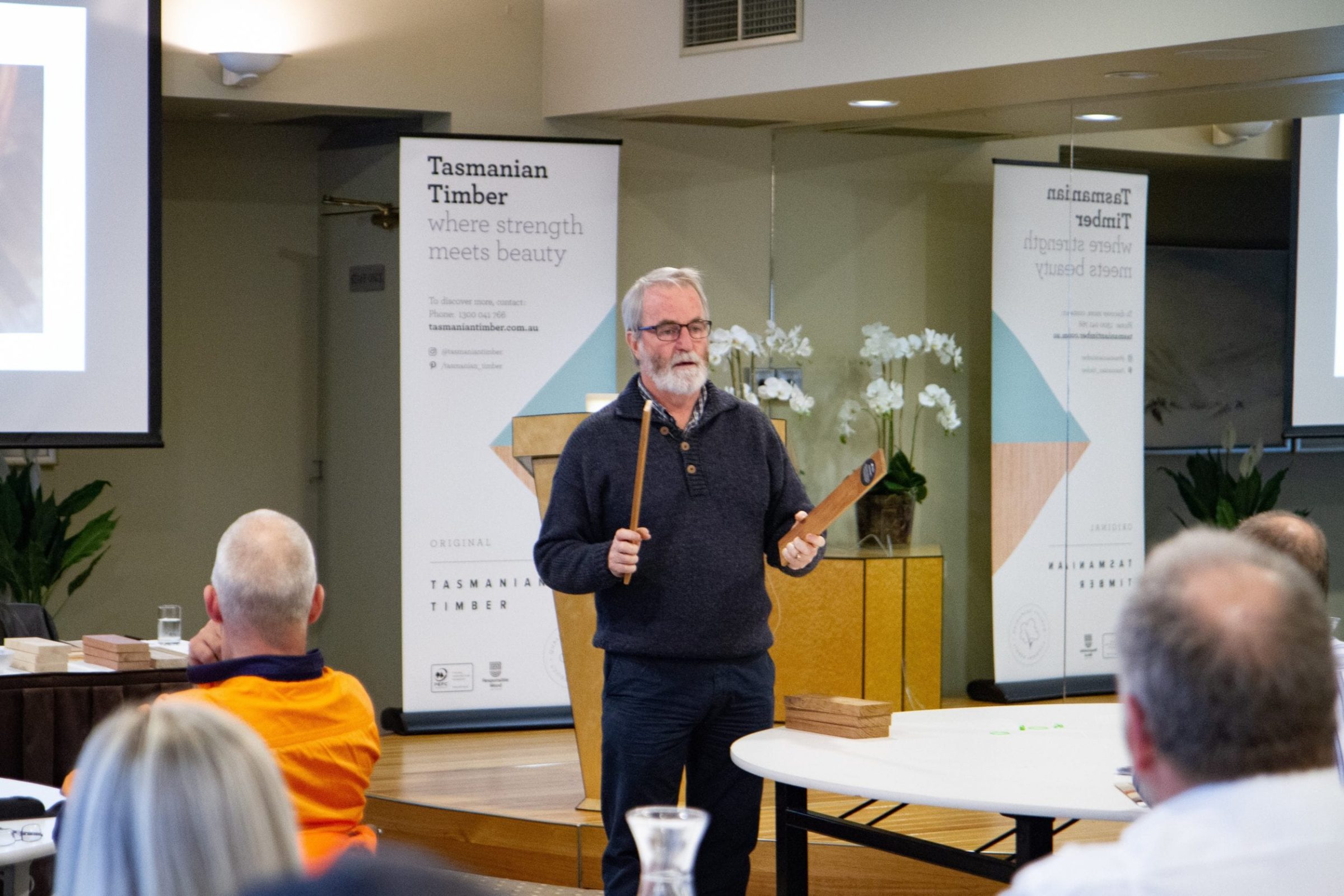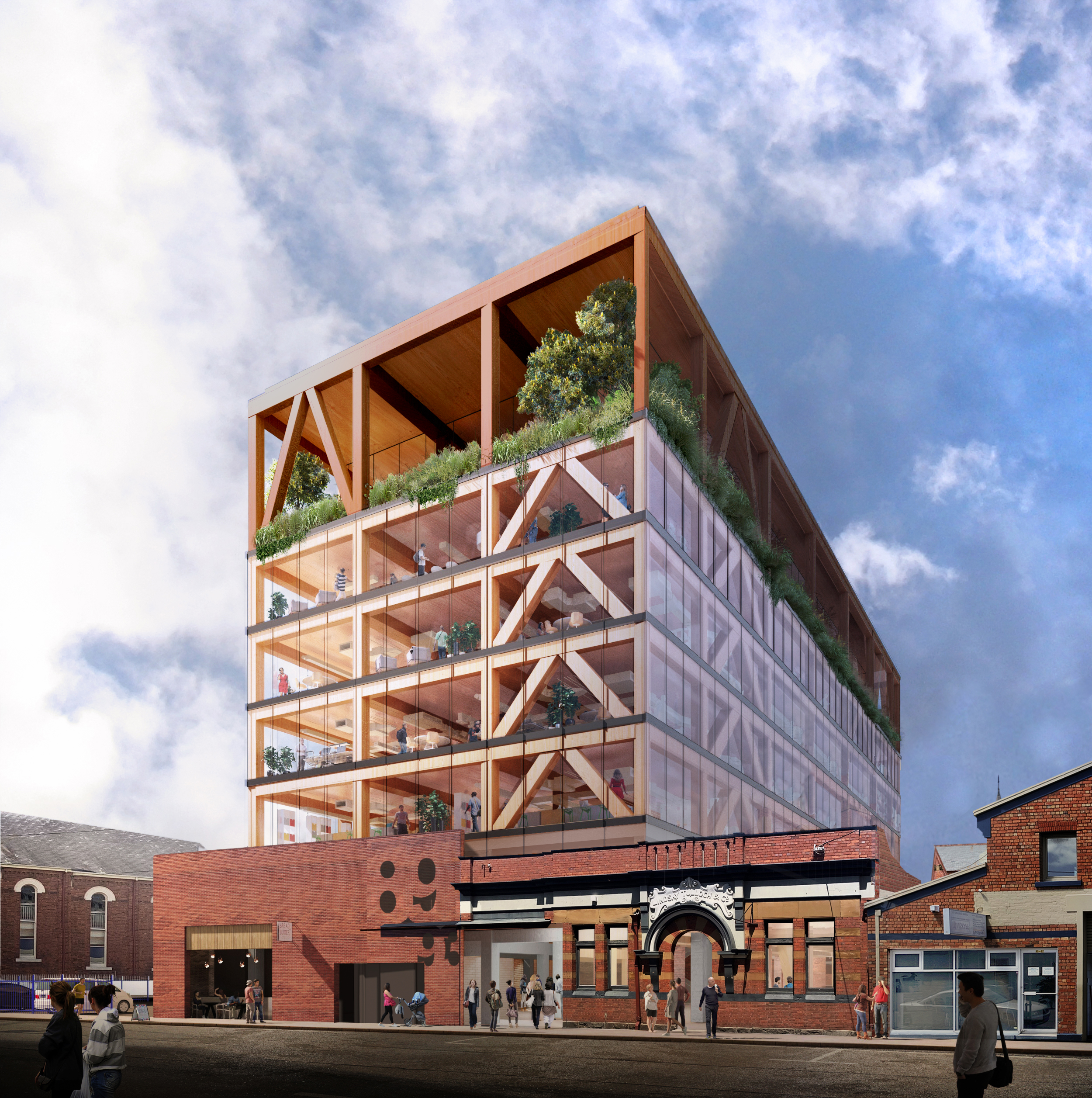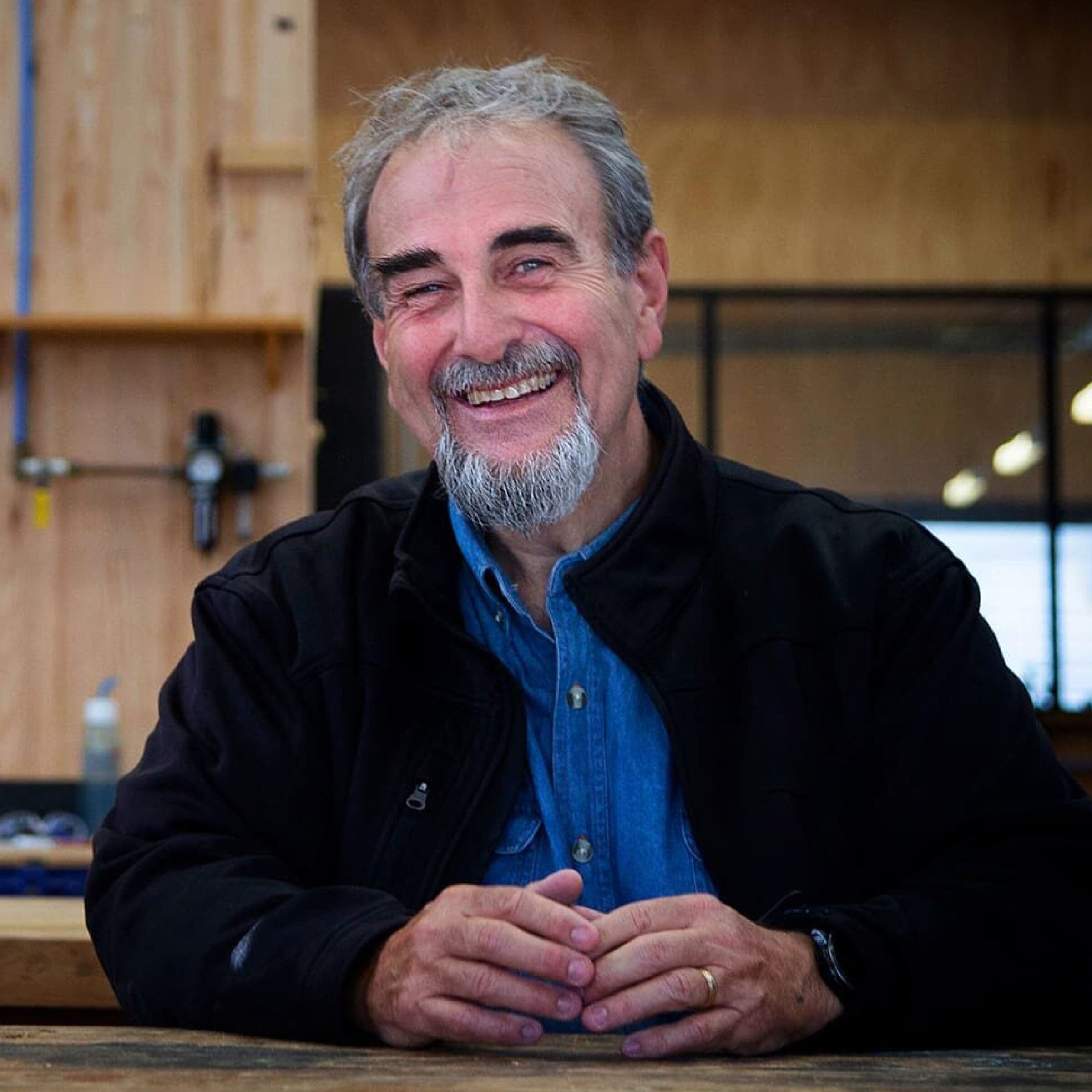Business needs to lead for our climate, and buildings are low hanging fruit
The recent IPCC report highlighted that we must urgently transition to a low carbon future2. If Australia wants to limit global warming to 1.5°C, as per the Paris Agreement, it must reach net-zero emissions by 20351. With buildings accounting for around one fifth of Australia’s emissions when electricity use is taken into account1, improving the sustainability of new and existing housing is low hanging fruit2.
The world has been focussed on the policy decisions of our world leaders at COP26, but we don’t need to wait for policy to implement change. Business can take a lead.
ClimateWorks has worked with the CSIRO to assess the pathways that each sector of the Australian economy can follow to reduce greenhouse emissions and identified a sector-by-sector “to do” list1. One area that needs big improvements is buildings.
The materials that we design and build with can have a significant impact. According to the Journal of Green Building, a good rule of thumb is that one cubic meter of Cross Laminated Timber (CLT) sequesters (and when used in the built environment, stores) roughly one tonne of CO25. As a comparison, around ½ a tonne of CO2 is emitted to manufacture a tonne of concrete and 2 tonnes of CO2 are emitted in the manufacture of a tonne of steel. Using timber instead of concrete and steel can provide a long-term carbon store, and avoids the carbon embedded in those materials, which is substantial5.
A 2019 report in The Journal of Engineering conducted a lifecycle analysis comparing a “hybrid mid-rise cross laminated timber commercial building” with a “reinforced concrete building with similar functional characteristics” and concluded that the CLT building represented a “26.5% reduction in global warming potential.”
The IPCC says net-zero is not enough, CO2 emissions need to go net-negative – we need to do more than stop emitting it, we need to remove C02 from the atmosphere7. Mass tree planting and locking carbon up in the built environment are two ways to do this7. Actively managed forests and particularly fast-growing plantations (Eucalyptus Nitens grow on fast 15-year rotations compared to 30 years for softwood) are doing just that – removing carbon from the atmosphere.
In addition to wood, other technologies are under development that may soon be available to the built environment. MCi is a technology platform that transforms CO2 into building materials. One example is plasterboard made by combining CO2 with an abundant low grade rock called serpentinite, to become a negative emissions building material, locking away more CO2 than was used to create it8.
Architectural projects that are leading the way
A current example, right on our doorstep is St Lukes Health’s soon to be constructed office building in Launceston Tasmania, which aims to become “the most sustainable and carbon positive office development in Tasmania.” Designed by Tasmanian architects, Terroir, it will be built with mass timber. The building will have a life cycle plan applied so that when it is no longer needed it can be demolished and the timber structure reengineered and reused. The architects are working with Timber Design Studio to create a structure that uses sustainably sourced timber with the aim of reducing its carbon footprint by up to 40 percent compared to traditional construction.
“It represents a model, contemporary work environment that promotes the developer’s vision for Tasmania to be the healthiest island in the world,” the architects said in a development application to council.4
Further afield, Snohetta are taking it a step further designing energy producing buildings. These Powerhouse Standard buildings in a 60-year period, will generate more renewable energy than the total amount of energy that would be required to sustain daily operations and to build, produce materials and demolish the building. Svart is a stunning example, using materials with low embodied energy, such as wooden poles for its structure, to reach the Powerhouse Standard.
Mass timber also means less construction traffic and better thermal performance
Mass Timber has other substantial benefits for offsetting emissions. Due to prefabrication at millimetre precision, buildings can be constructed faster (25% faster according to ThinkWood) , which can result in 90% less construction traffic.
Current proposed energy efficiency changes for the National Construction Code 2022 include, amongst other things, an increase in the minimum thermal performance of homes from six to seven stars. The seven-star standard will reduce heating and cooling energy for new housing by about 24%, slashing energy bills. Currently, less than 5% of new housing in Australia is built to achieve seven or more stars. Mass timber is a good natural insulator with ten times the thermal insulating ability of concrete and masonry, and 400 times that of solid steel.
But let’s not wait for policy changes – we need to reduce emissions, increase the amount of CO2 our buildings are storing, and improve energy efficiency urgently. Wood is the only material sufficiently abundant and renewable to do the job.
References
1Skarbek, A Malos, A, 2021, The Morrison government is set to finally announce a 2050 net-zero commitment. Here’s a ‘to do’ list for each sector, The conversation.
2Moore et al 2021, Better building standards are good for the climate, your health, and your wallet. Here’s what the National Construction Code could do better, The Conversation.
3Bently, R Baker, E, 2020, Mould and damp health costs are about 3 times those of sugary drinks. We need a healthy housing agenda, The Conversation.
4ArchitectureAU Editorial, 2021, Mass timber office building designed to be Tasmania’s greenest, Architecture Media.
5Puettmann et al, 2019, Life Cycle Energy and Environmental Impacts of Cross Laminated Timber Made with Coustal Douglas-fir, Journal of Green Building.
6Pierobon et al, 2019, Environmental benefits of using hybrid CLT structure midrise non-residential construction: An LCA based comparatives case study in the US Pacific Northwest, Journal of Building Engineering.
7 Howden, M 2020, Australia’s refusal to sign a global methane pledge exposes flaws in the term ‘net-zero’, The Conversation.
8Whiting, K 2020, An expert explains: How to turn industrial carbon emissions into building materials, The Mandarin.


